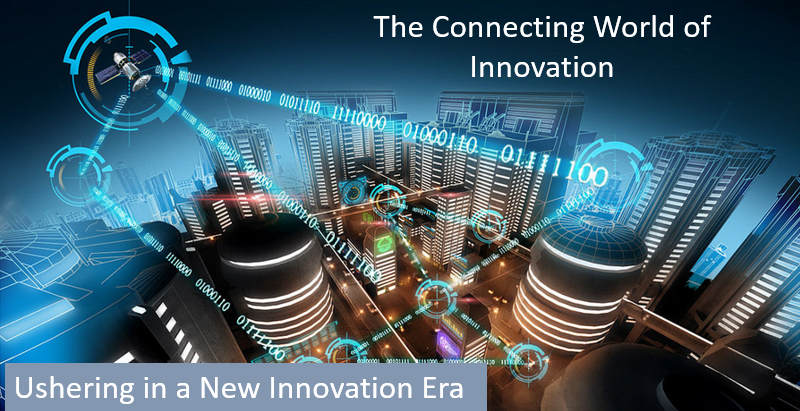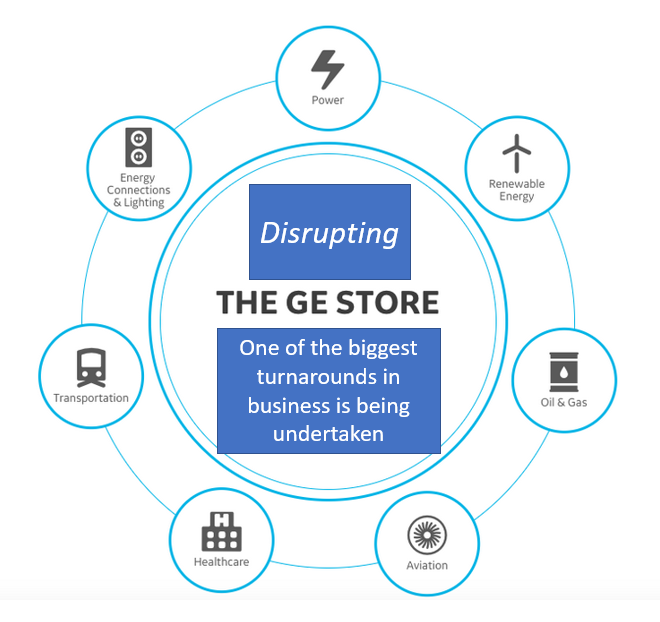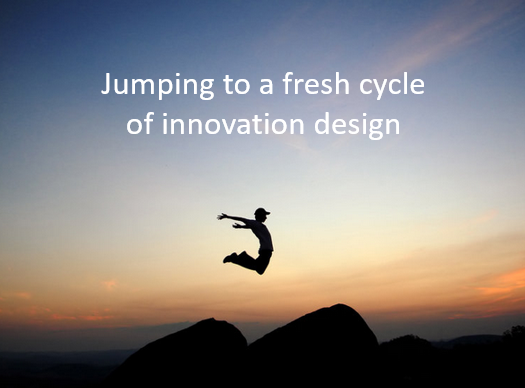 There is a lot of change occurring in our innovation abilities. There is this constant shift to more open-sourcing and collaborating. We are seeing profound shifts that technology and digital transformation are bringing us to deliver innovate differently. These changes are influencing all of our worlds, allowing a very different “connecting” innovation to come into play and provide ‘greater value’
There is a lot of change occurring in our innovation abilities. There is this constant shift to more open-sourcing and collaborating. We are seeing profound shifts that technology and digital transformation are bringing us to deliver innovate differently. These changes are influencing all of our worlds, allowing a very different “connecting” innovation to come into play and provide ‘greater value’
Nothing succeeds in isolation anymore, it needs fully connecting up, to bring increased value to the market and customer needs.
There are major shifts taking shape. What is radically changing how we innovate? We are seeing a significant acceleration of innovative collaborations through ecosystems. We are increasingly recognizing all the different collaborative tools increasingly at our disposal We are exploring both platforms and forming ecosystems to radically alter the competitive edge previously seen to reside inside the single company.
A more opening out, forming more connections into customers, engaging with them. so as to fully appreciate their needs and working with them to find solutions. This is leading us to recognize the value and power of the seamless customer experience. All of this comes from achieving a greater access and deepening the connections across networks. It is becoming the innovation network economy, to bring all the parts together.
For some time we have recognized the present innovating was simply not working Continue reading “Connecting Innovation is the New Order of Play”










